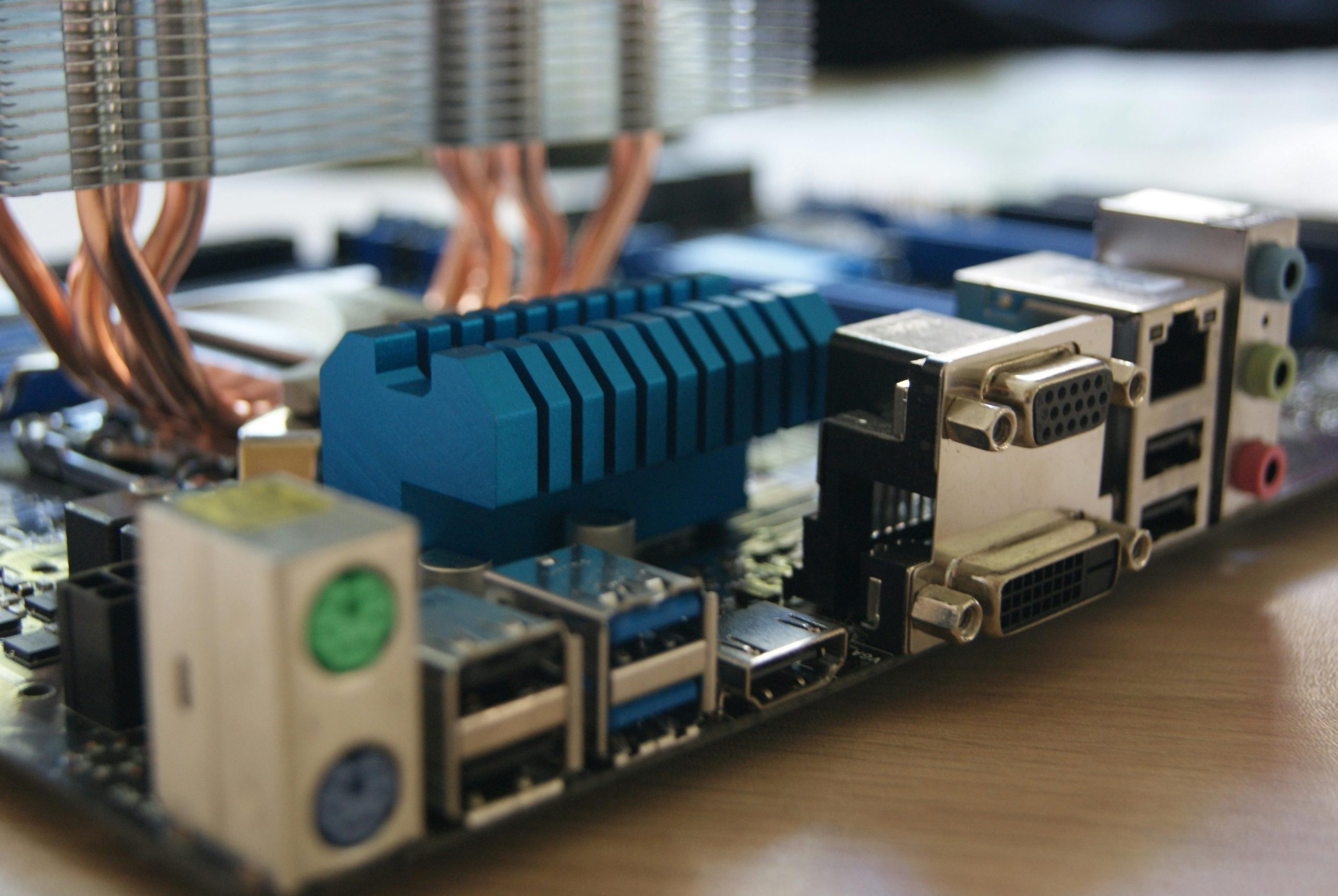Understanding and Troubleshooting USB and Audio Issues After Motherboard Replacement: A Comprehensive Guide
Replacing a motherboard can be a complex process, especially when unexpected issues arise post-installation. Recently, users have encountered problems where USB ports and audio output fail to function correctly following a motherboard swap, despite the system powering on normally. This article aims to provide a structured approach to diagnosing and resolving such issues, ensuring that your system returns to optimal performance.
Identifying the Problem
Symptoms
- Front and back USB ports not recognizing devices
- Audio output (speakers or headphones) not working
- Volume mixer indicates activity, but no sound is heard
- Microphone and audio jacks on the front panel are unresponsive
- Sound from speakers is power-indicative but not audible
Initial Observations
- The motherboard was replaced due to water damage affecting VRAM which was unreparable
- The new motherboard is identical model (e.g., ProPRO Z690-A WIFI) to the previous one
- Power button, LED controls, and some ports function normally
- External devices like mouse and keyboard work fine via USB
- Internal wiring and connections appear correct, based on prior documentation and visual checks
- BIOS and drivers are updated to the latest versions
- BIOS settings confirm that all USB ports are enabled
Potential Causes and Troubleshooting Steps
-
Hardware Connections and Ports Inspection
-
Port Damage or Corrosion: Water exposure may have caused corrosion or damage to the ports or the motherboard socket. Inspect all ports visually for corrosion or debris. Use compressed air to clear dust and residues.
-
Internal Wiring: Double-check front panel connectors, especially USB and audio, ensuring they are plugged into the correct headers as per motherboard specifications.
-
Testing External Devices and Cables
-
Verify with Known Working Devices: Confirm that USB drives, headphones, and speakers work on other systems to rule out faulty peripherals.
-
Test Different Ports: Sometimes, individual ports can fail. Try connecting devices to different USB or audio ports, both front and back.
-
BIOS Settings and Firmware
-
USB Controller Settings: Ensure all USB controllers are enabled in BIOS—sometimes legacy or certain controllers can be disabled inadvertently.
-
Audio Settings: Check integrated audio settings in BIOS to ensure the onboard audio is enabled.
-
BIOS Reset: Perform a BIOS reset to default settings, then reconfigure as needed.
4
Share this content:



